Description
GLP-3 – 2mg/5mg/10mg
Experimental incretin peptide – Tri-receptor (GLP-1, GIP, glucagon)
Available forms
Lyophilised powder – Vial containing:
2 mg
5 mg
10 mg
Mechanism of action of GLP-3
GLP-3 simultaneously activates the GLP-1, GIP and glucagon receptors.
This triple action acts on the central signals of metabolism: it stimulates insulin, suppresses glucagon, reduces appetite, increases energy expenditure and promotes lipolysis.
Compared to classic GLP-1 agonists (Semaglutide – GLP-1), it has a greater impact on body composition, blood glucose and thermogenesis.
It also appears to reduce lean mass loss in calorie deficit.
Main benefits of GLP-3
Aggressive reduction of body fat (especially visceral fat)
Deep control of appetite and compulsive binge eating
Increased energy expenditure at rest
Insulin sensitisation and glycaemic reset
Support in the experimental management of resistant overweight
Common biohacker uses
Advanced body recomposition
Extreme cutting with lean mass defence
Metabolic reset in subjects with insulin resistance or leptin resistance
Experimental protocol on nervous hunger, sugar cravings and dysbiosis
Incretin adaptation phase (with management of nausea and gastric slowing)
Dosages – For scientific research use only.
Suggested experimental phases:
Phase 1 – Adaptation (weeks 1-2):
0.25-0.5 mg per week
(start softly to avoid nausea)
Phase 2 – Activation (weeks 3-6):
1-2 mg/week, divided into 1-2 SC injections
Phase 3 – Enhancement (weeks 7+):
3–6 mg/week, only if well tolerated
High clinical dosage (only in controlled studies):
up to 8–10 mg/week
📌 Administration: subcutaneous (SC), 1–2 times per week
📌 Avoid taking close to main meals
Storage
Before reconstitution: store in a cool, dry place (<25°C)
After reconstitution: refrigerate (2–8°C), use within 30 days
Reconstitution
Always reconstitute with bacteriostatic water.
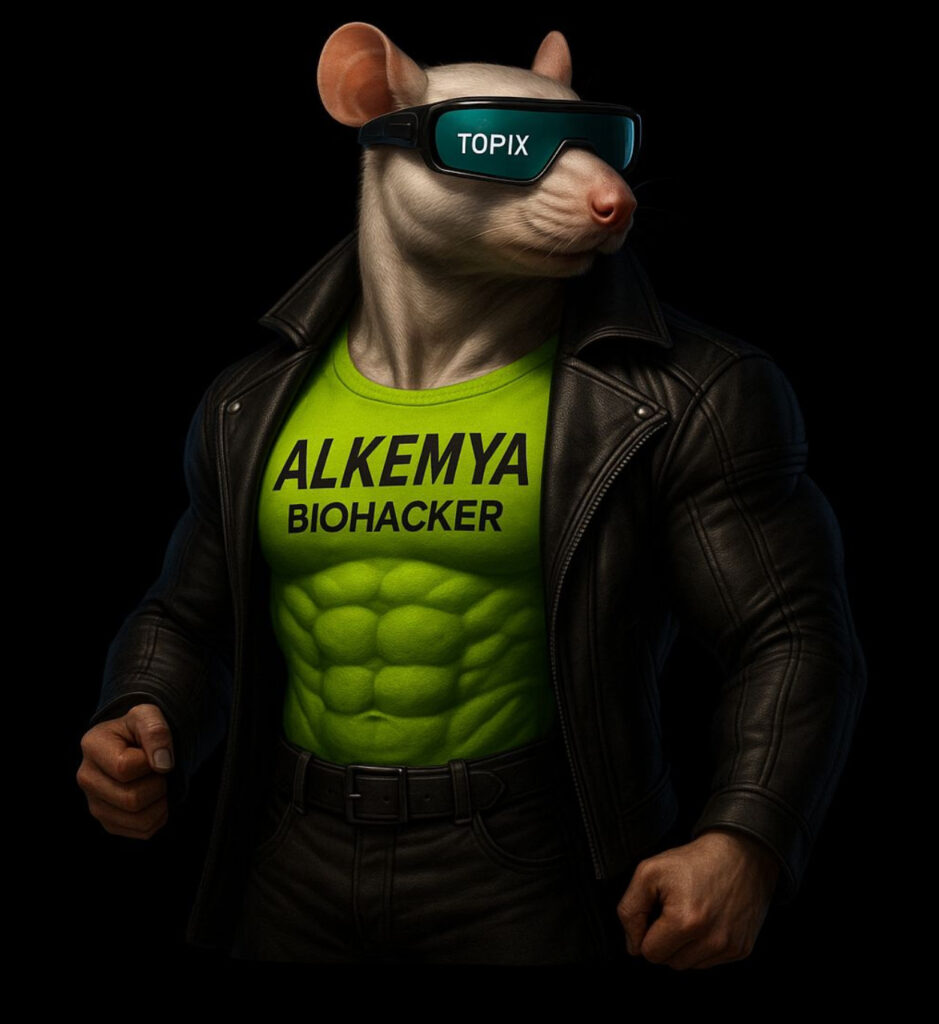
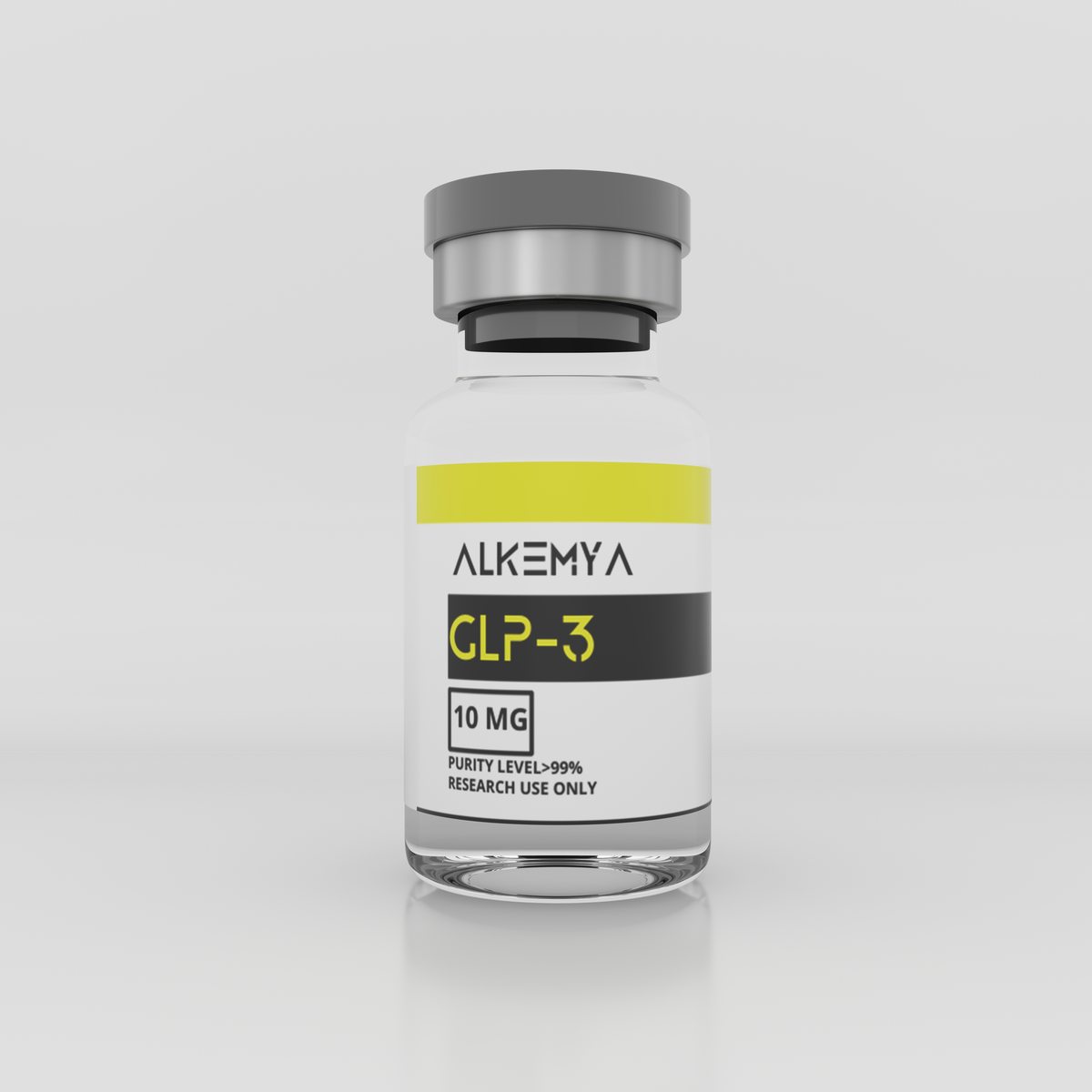
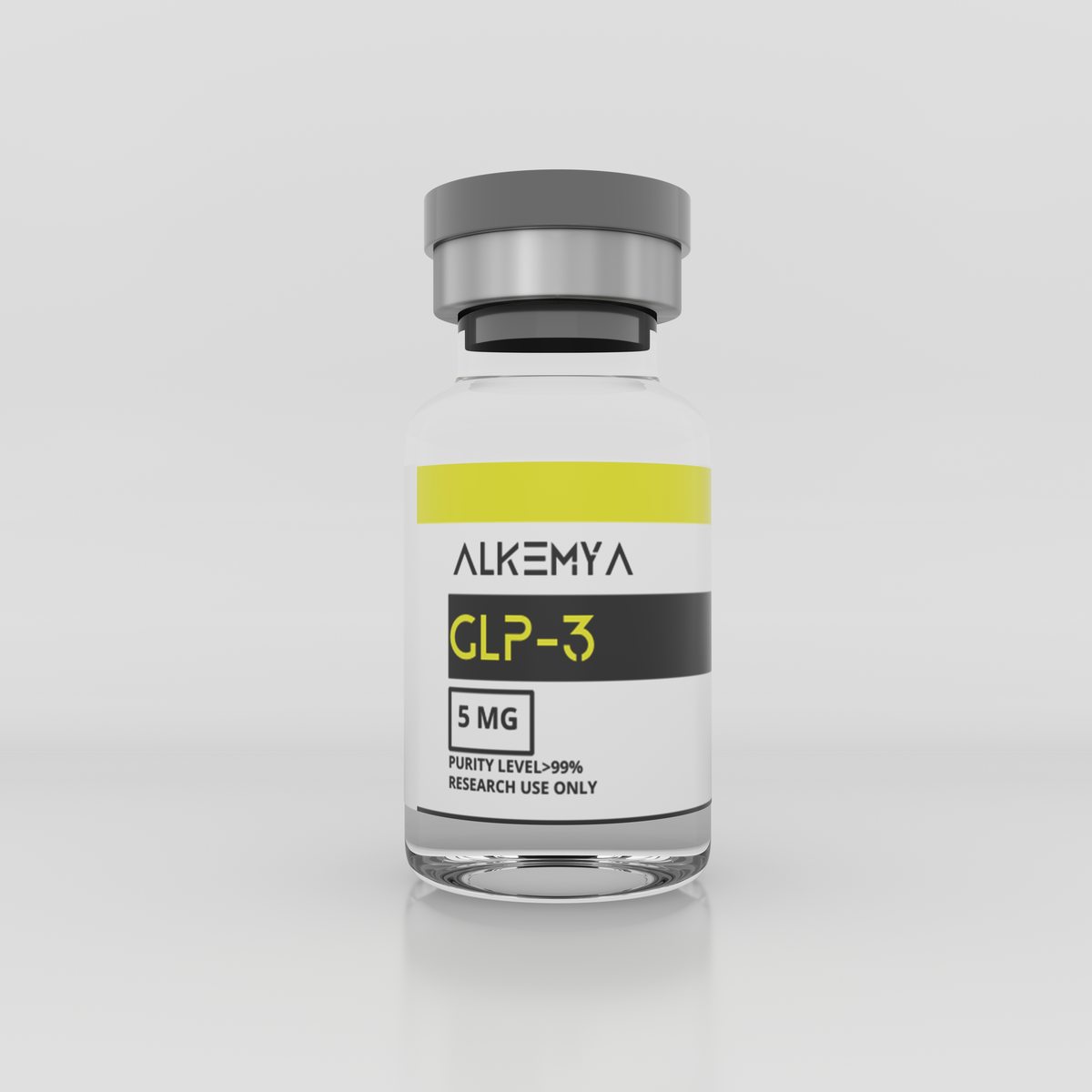
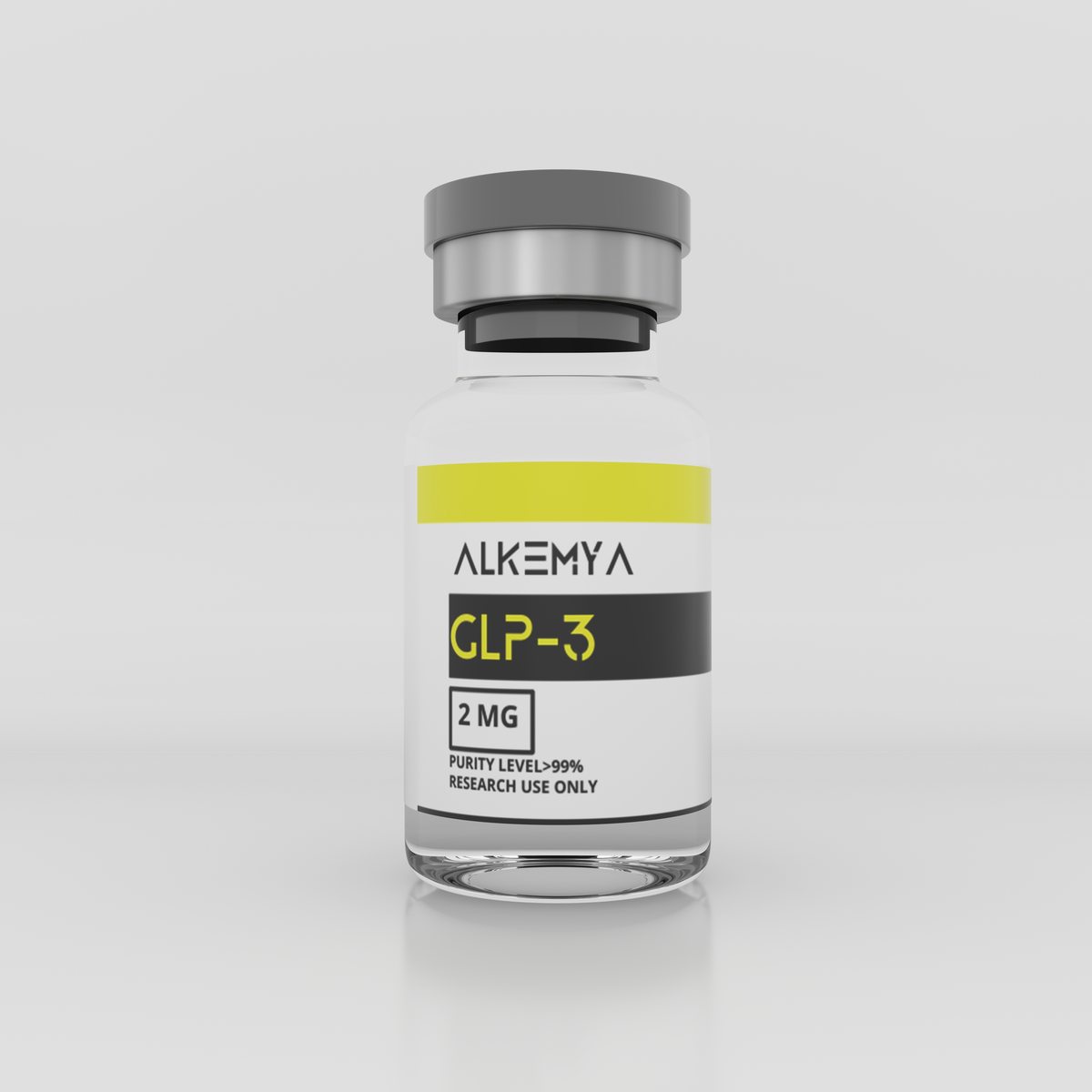

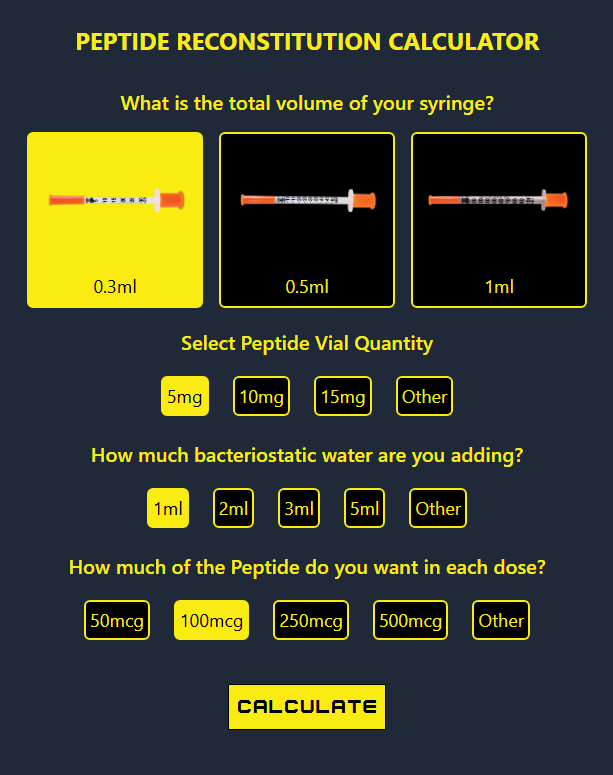
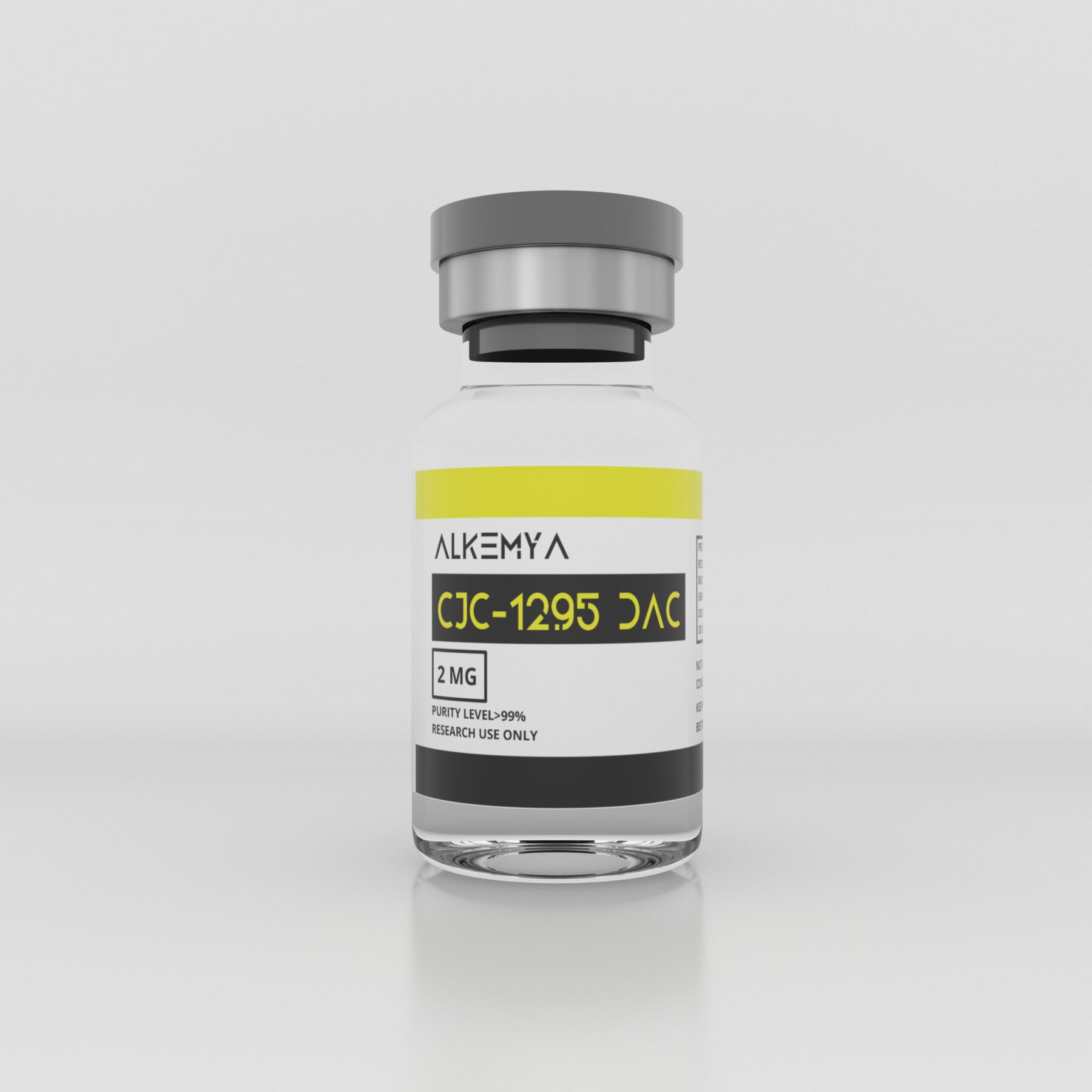
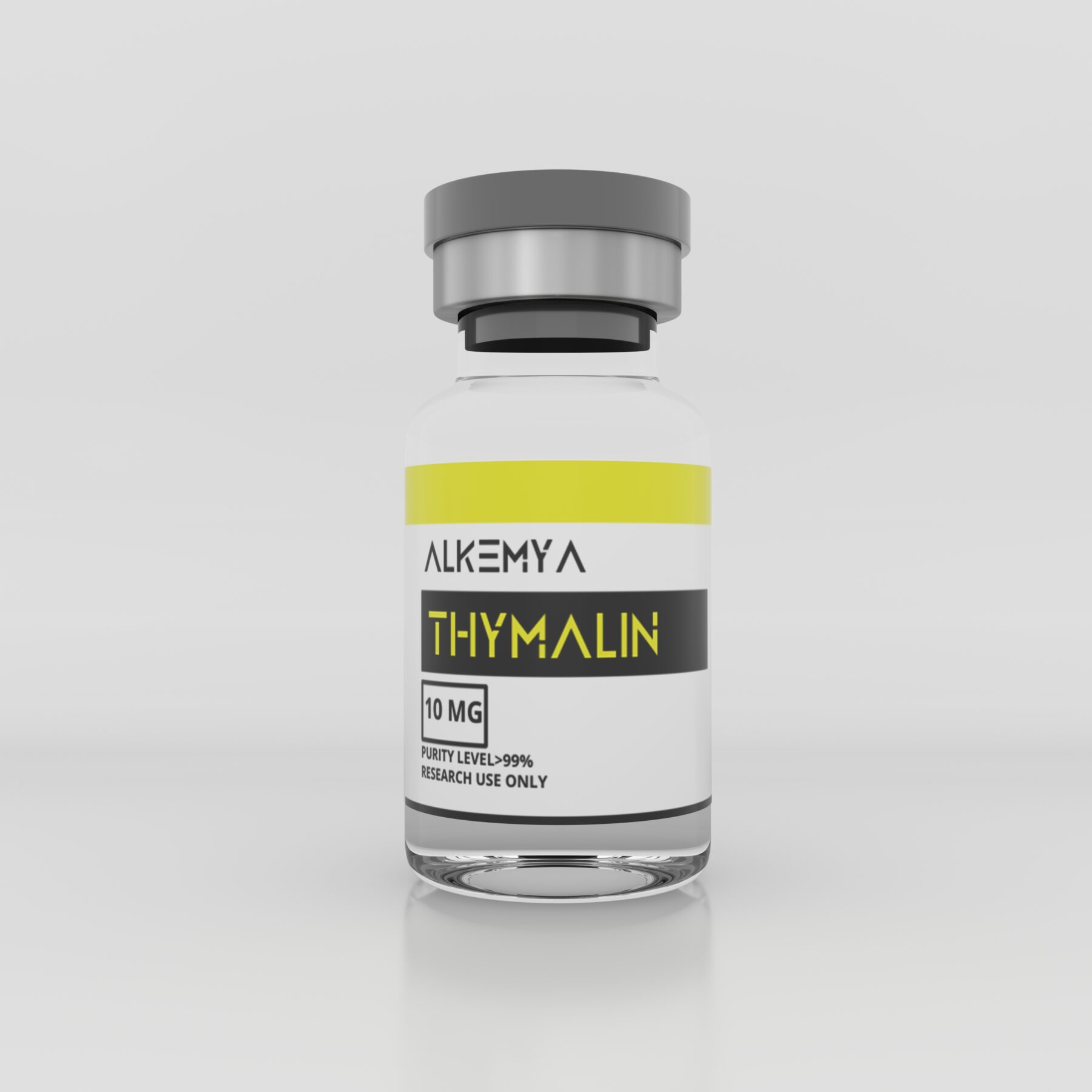
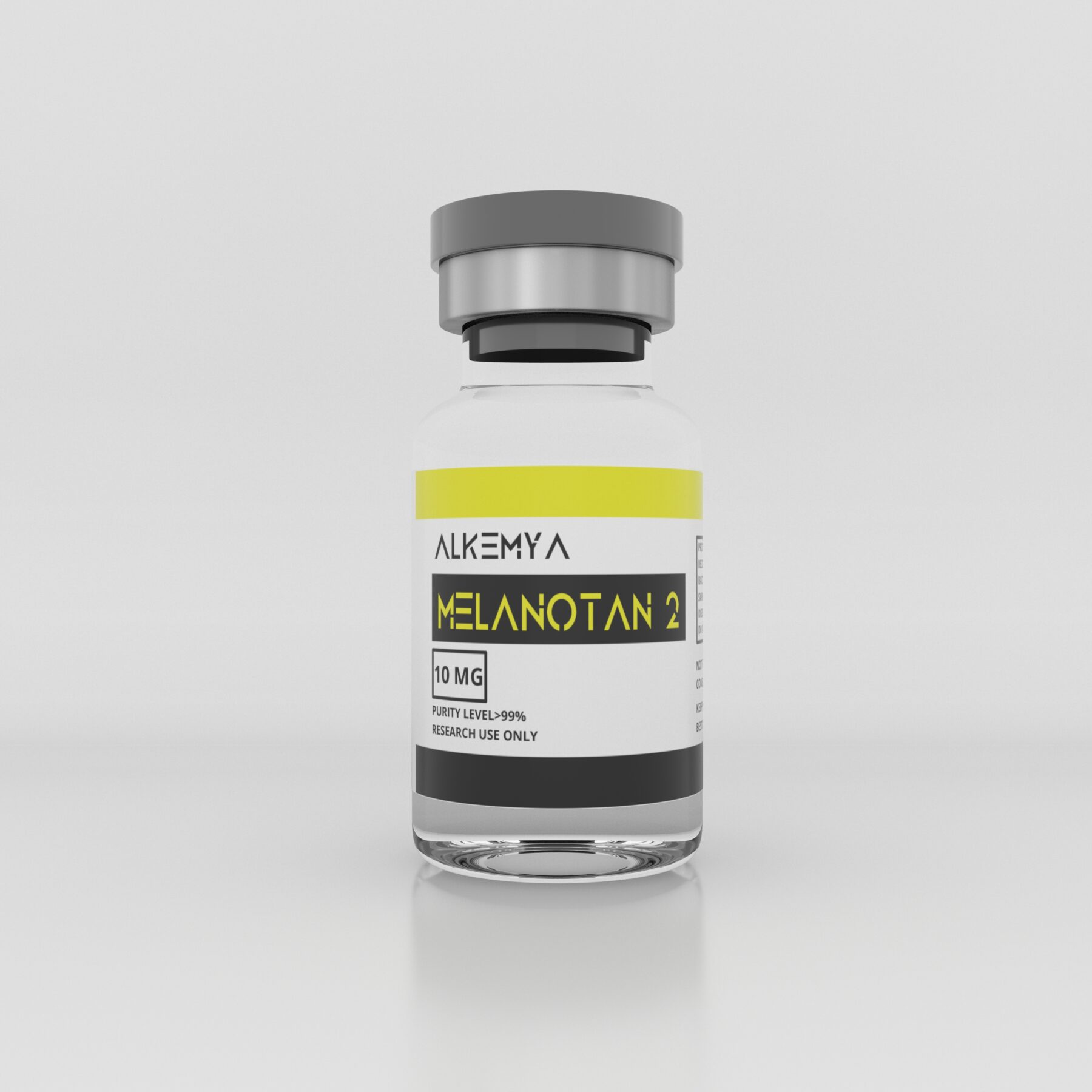
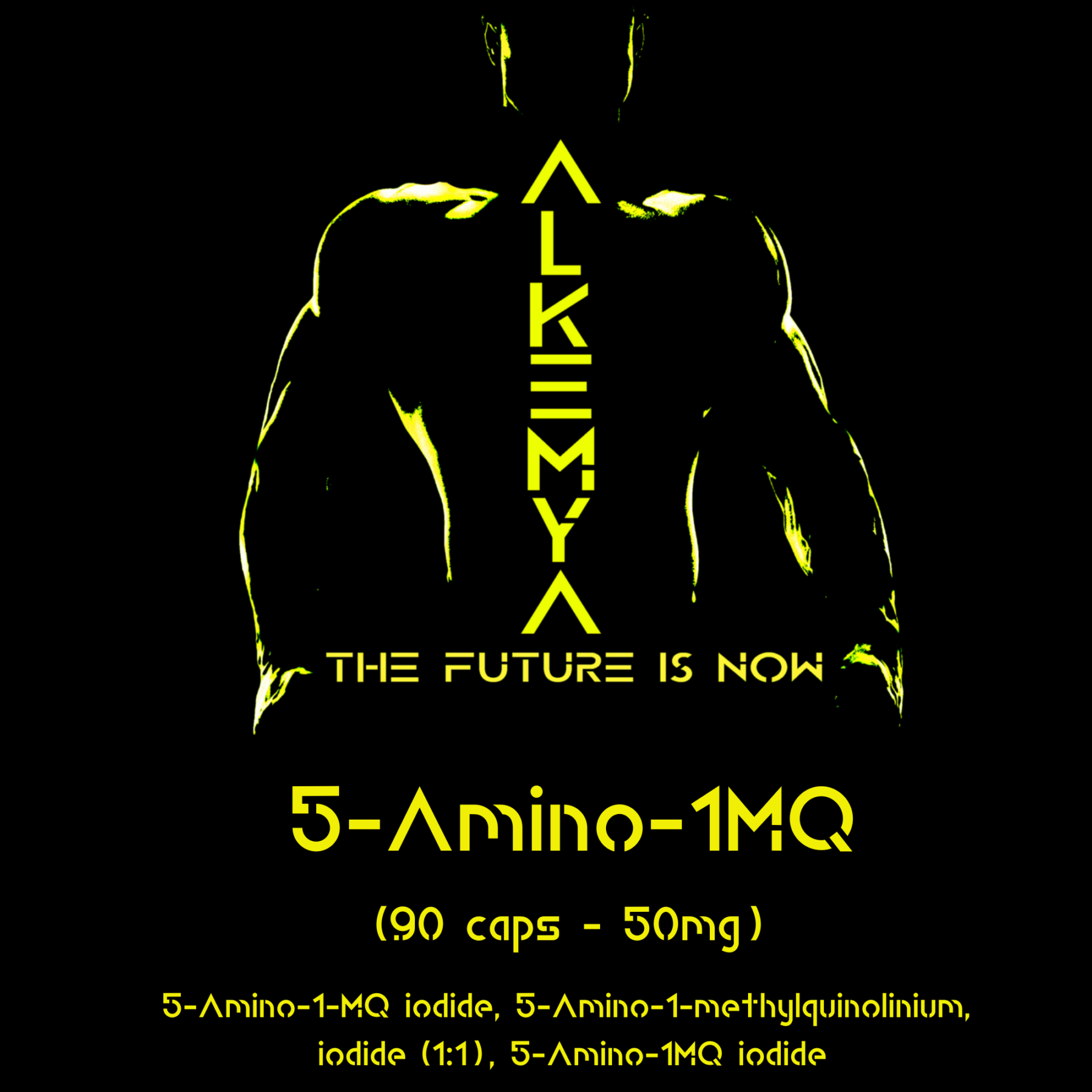
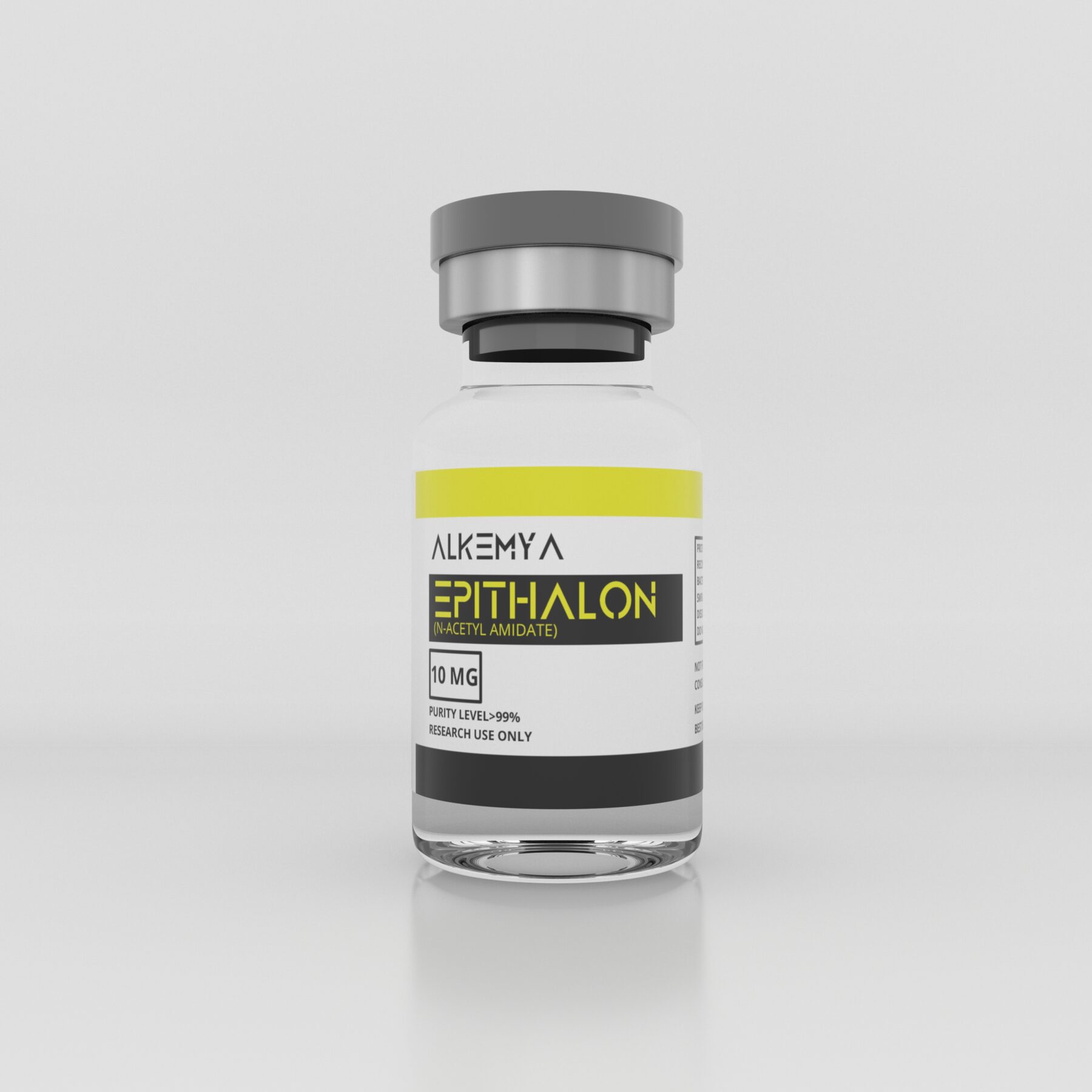
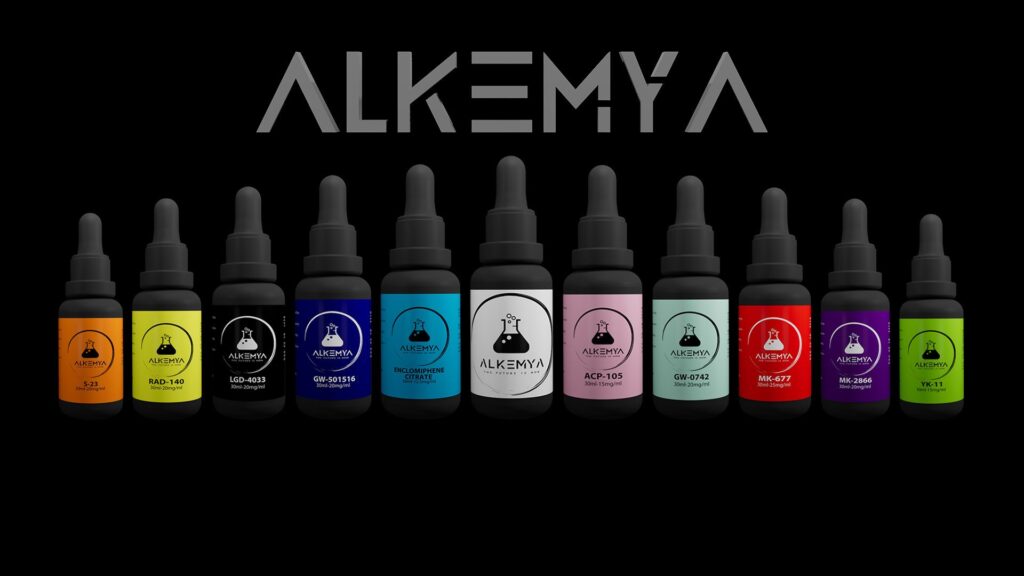
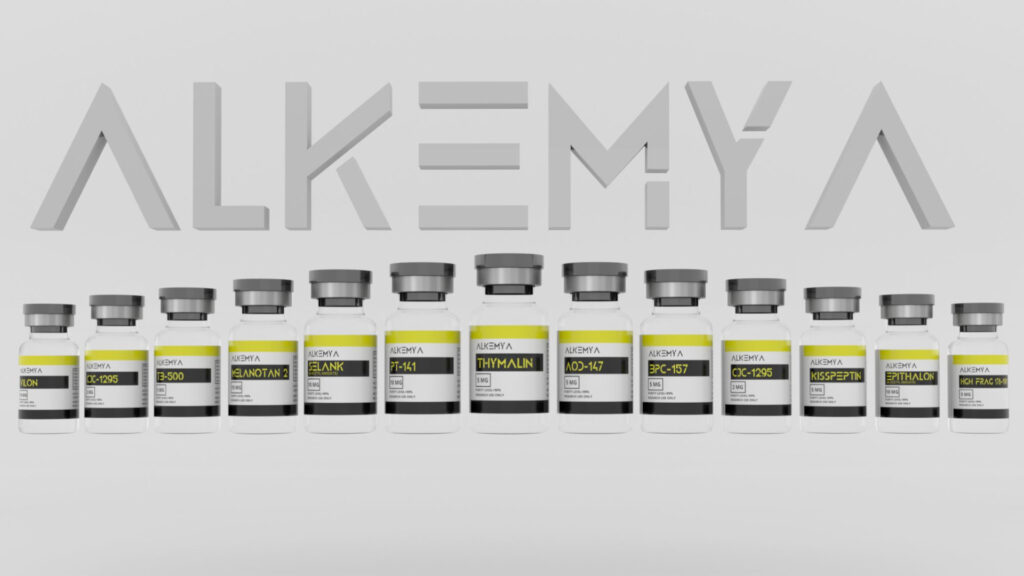
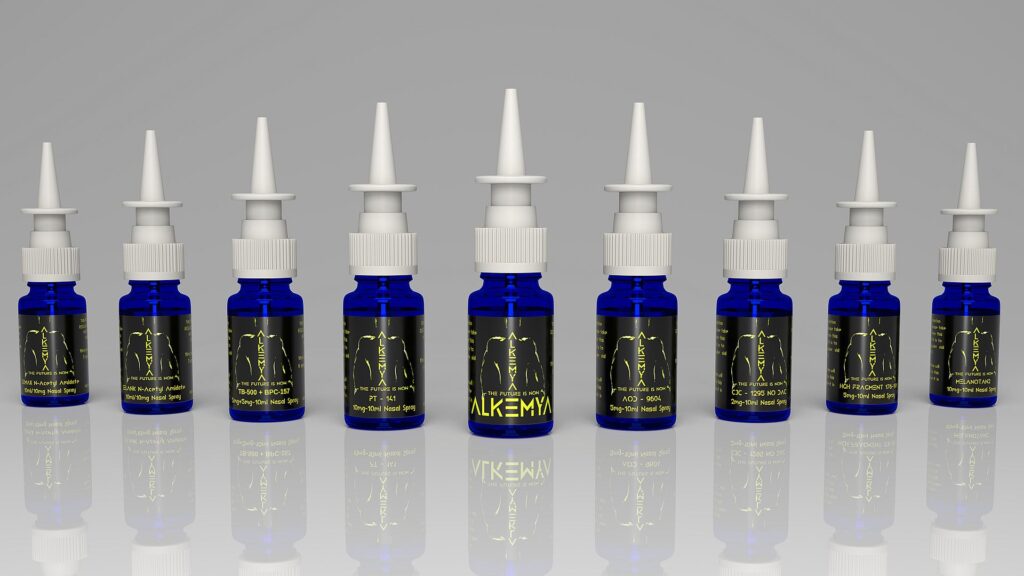


1 review for Peptide Glp3
There are no reviews yet.